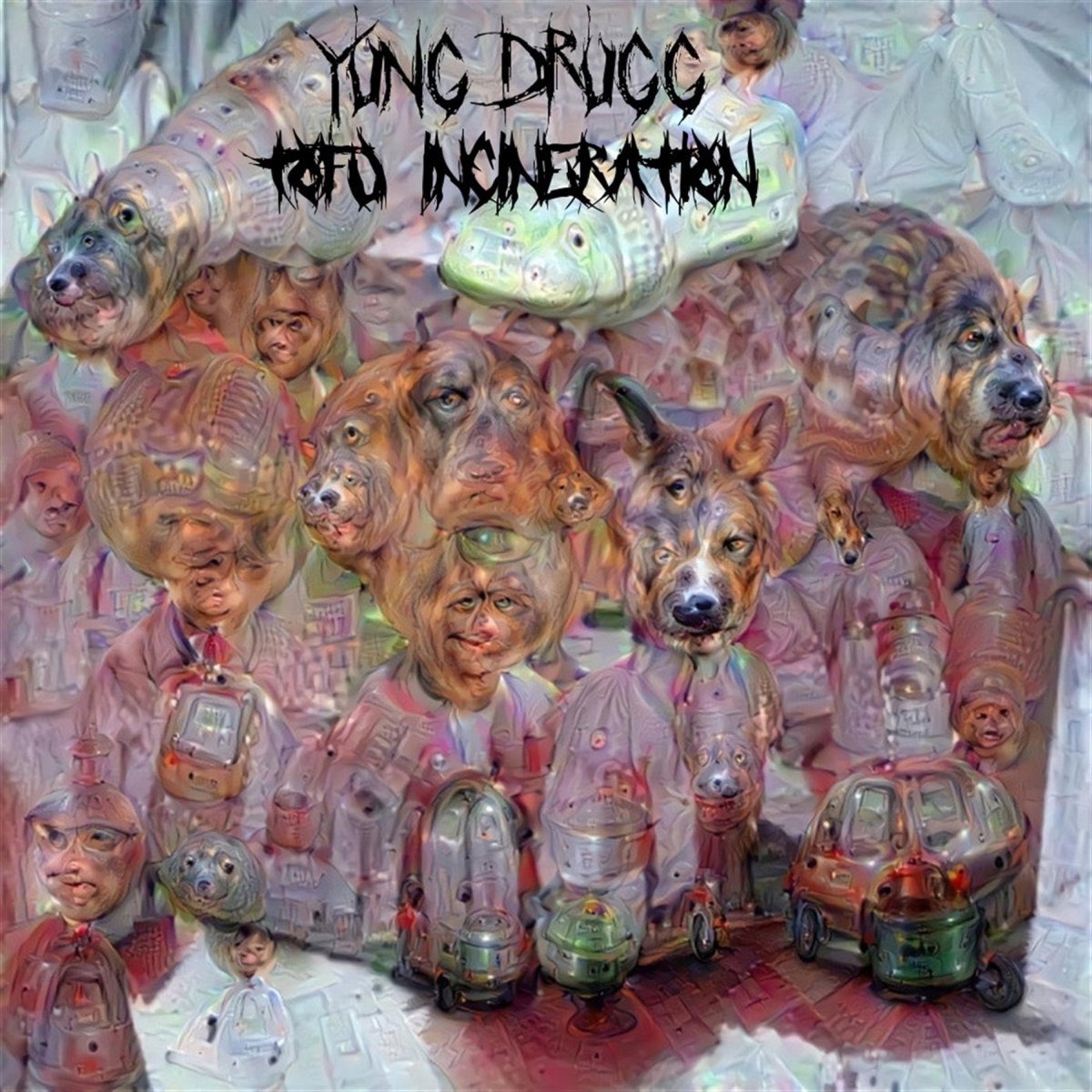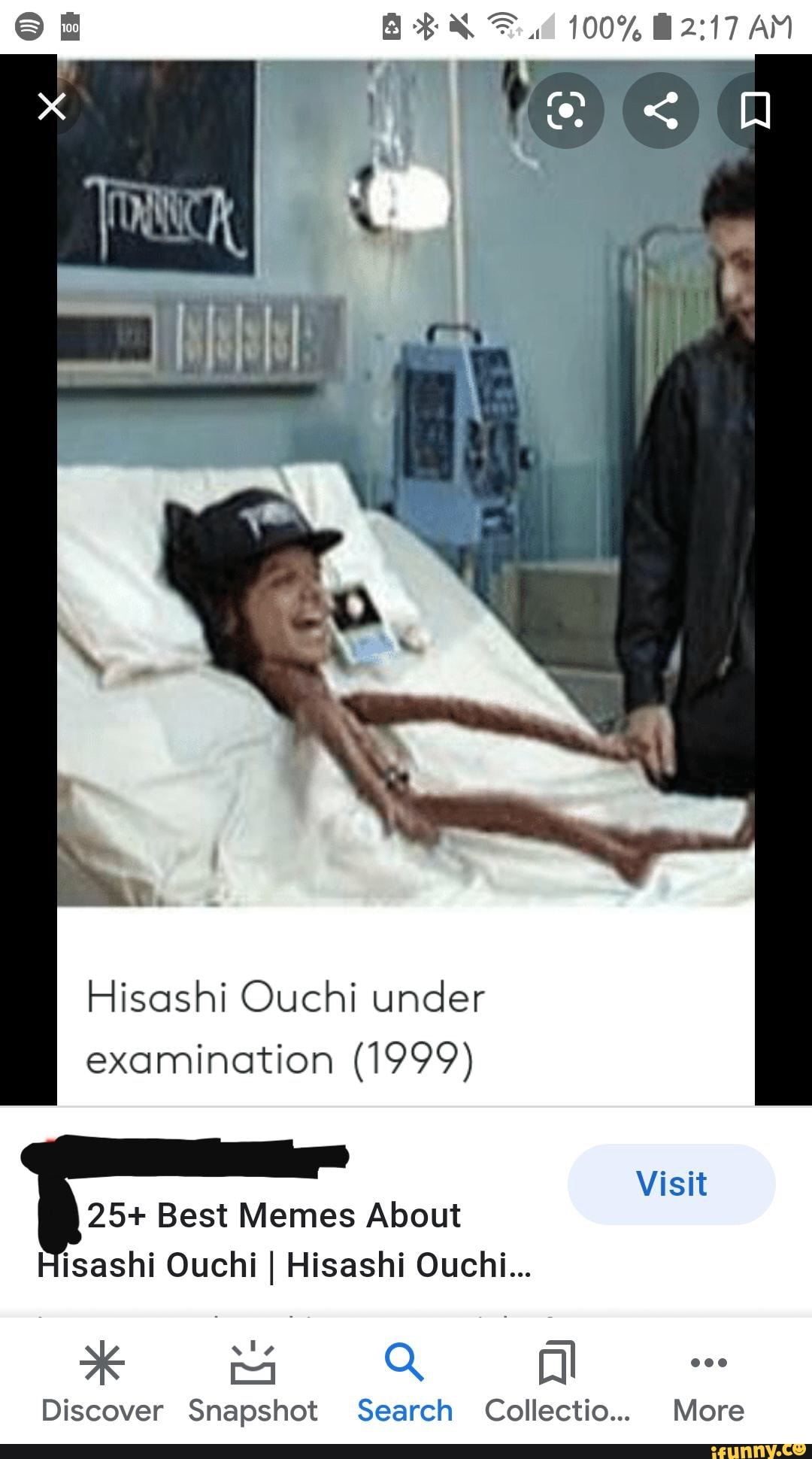Hisashi Ouchi's story is one that profoundly impacts our understanding of radiation exposure and survival. His case, marked by tragedy and resilience, highlights the importance of safety in nuclear facilities and the human spirit's ability to endure. In this article, we will explore the details surrounding Hisashi Ouchi's life, the incident that changed it forever, and the implications of his story on nuclear safety and awareness.
As we delve into Hisashi Ouchi's experiences, we will also examine the medical and ethical considerations surrounding his treatment, the public's reaction, and how his story has influenced nuclear policy and safety practices. The narrative of Hisashi Ouchi is not just about survival; it encompasses broader themes of human rights, medical ethics, and the ongoing conversation about nuclear energy.
Join us on this comprehensive journey as we uncover the facts, share personal stories, and analyze the broader implications of Hisashi Ouchi's survival after a catastrophic accident. We aim to provide a well-rounded perspective that not only informs but also engages our readers.
Read also:Casa Kevin Conway A Comprehensive Guide To The Iconic Property
Table of Contents
- Biography of Hisashi Ouchi
- The Incident: A Nuclear Catastrophe
- Medical Treatment and Ethical Dilemmas
- Public Reaction and Media Coverage
- Nuclear Safety and Policy Changes
- Hisashi Ouchi’s Legacy
- Photos and Public Memory
- Conclusion and Call to Action
Biography of Hisashi Ouchi
Born on March 24, 1962, in Japan, Hisashi Ouchi was a dedicated worker at the Tokaimura nuclear facility. His life took a tragic turn on September 30, 1999, when he was involved in a criticality accident that resulted in severe radiation exposure. This incident not only altered the course of his life but also raised significant concerns about nuclear safety in Japan.
| Name | Hisashi Ouchi |
|---|---|
| Date of Birth | March 24, 1962 |
| Place of Birth | Japan |
| Occupation | Nuclear facility worker |
| Incident Date | September 30, 1999 |
| Status | Survivor |
The Incident: A Nuclear Catastrophe
The Tokaimura incident occurred when workers at the facility improperly handled uranium, leading to a criticality accident. Ouchi, along with two other workers, was exposed to an intense burst of neutron radiation. This incident is considered one of the most severe nuclear accidents in Japan's history.
Key details of the incident include:
- Improper mixing of uranium fuel.
- Immediate radiation exposure levels exceeding safe limits.
- Evacuation and emergency response challenges.
Consequences of the Incident
The consequences of the Tokaimura incident were devastating for the individuals involved, particularly for Hisashi Ouchi, who suffered from acute radiation syndrome (ARS). The exposure led to numerous health complications, including:
- Severe burns and damage to internal organs.
- Prolonged hospitalization and intensive medical intervention.
- Physical and psychological trauma.
Medical Treatment and Ethical Dilemmas
Following the incident, Ouchi was rushed to the hospital, where he received extensive medical treatment. His case presented numerous ethical dilemmas, particularly regarding end-of-life care and the extent of medical intervention.
Medical Interventions
Ouchi underwent several medical procedures, including:
Read also:Master The Art Of Bodyliner A Comprehensive Guide To Enhance Your Makeup Routine
- Bone marrow transplants.
- Experimental treatments for radiation sickness.
- Continuous monitoring and supportive care.
Ethical Concerns
The ethical concerns surrounding Ouchi's treatment included:
- The use of experimental therapies without clear consent.
- Debates over the quality of life versus prolonging life.
- Public scrutiny of the medical team’s decisions.
Public Reaction and Media Coverage
The media coverage of Hisashi Ouchi's situation sparked public interest and concern regarding nuclear safety. His story became a symbol of the potential dangers of nuclear energy and the human cost associated with industrial accidents.
Impact on Public Perception
The incident led to a shift in public perception of nuclear energy in Japan. Key outcomes included:
- Increased scrutiny of nuclear facilities and their safety protocols.
- Public protests and demands for stricter regulations.
- Heightened awareness of the risks associated with nuclear power.
Nuclear Safety and Policy Changes
The Tokaimura incident prompted significant changes in Japan's nuclear safety policies. Government and regulatory bodies implemented new measures to prevent similar accidents in the future.
Regulatory Reforms
Key reforms included:
- Stricter safety standards for nuclear facilities.
- Enhanced training and safety protocols for workers.
- Regular inspections and oversight by government agencies.
Hisashi Ouchi’s Legacy
Hisashi Ouchi's legacy extends beyond his personal story; it has influenced nuclear policy and safety regulations in Japan and worldwide. His experience serves as a reminder of the human cost of industrial accidents and the critical importance of safety in nuclear energy.
Influence on Future Generations
Ouchi's incident has inspired ongoing discussions about:
- The ethical implications of nuclear energy.
- Emergency preparedness in industrial settings.
- Advocacy for survivors of radiation exposure.
Photos and Public Memory
Photos of Hisashi Ouchi after the incident have circulated widely, often evoking strong emotional responses from viewers. These images serve as a powerful reminder of the accident's impact and the need for continued vigilance in nuclear safety.
Public Exhibitions and Awareness Campaigns
In recent years, various exhibitions and awareness campaigns have utilized Ouchi's story to educate the public about radiation safety and the importance of ethical considerations in medical treatment.
Conclusion and Call to Action
Hisashi Ouchi's story is a poignant reminder of the complexities surrounding nuclear safety and the human capacity for resilience. By understanding his experiences, we can advocate for safer practices, support survivors of radiation exposure, and engage in meaningful conversations about the future of nuclear energy.
We invite our readers to share their thoughts on Hisashi Ouchi's story and its implications for nuclear safety. Please leave a comment below, share this article with others, and explore more resources on our site to stay informed about this critical topic.
Thank you for joining us on this journey through the life of Hisashi Ouchi. We hope to see you again as we continue to explore important issues that shape our world.



